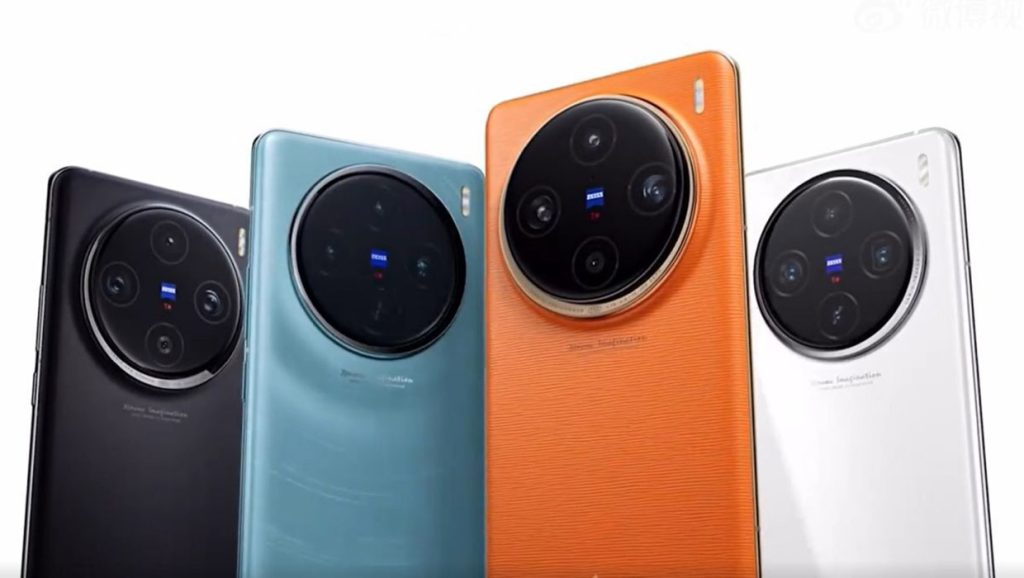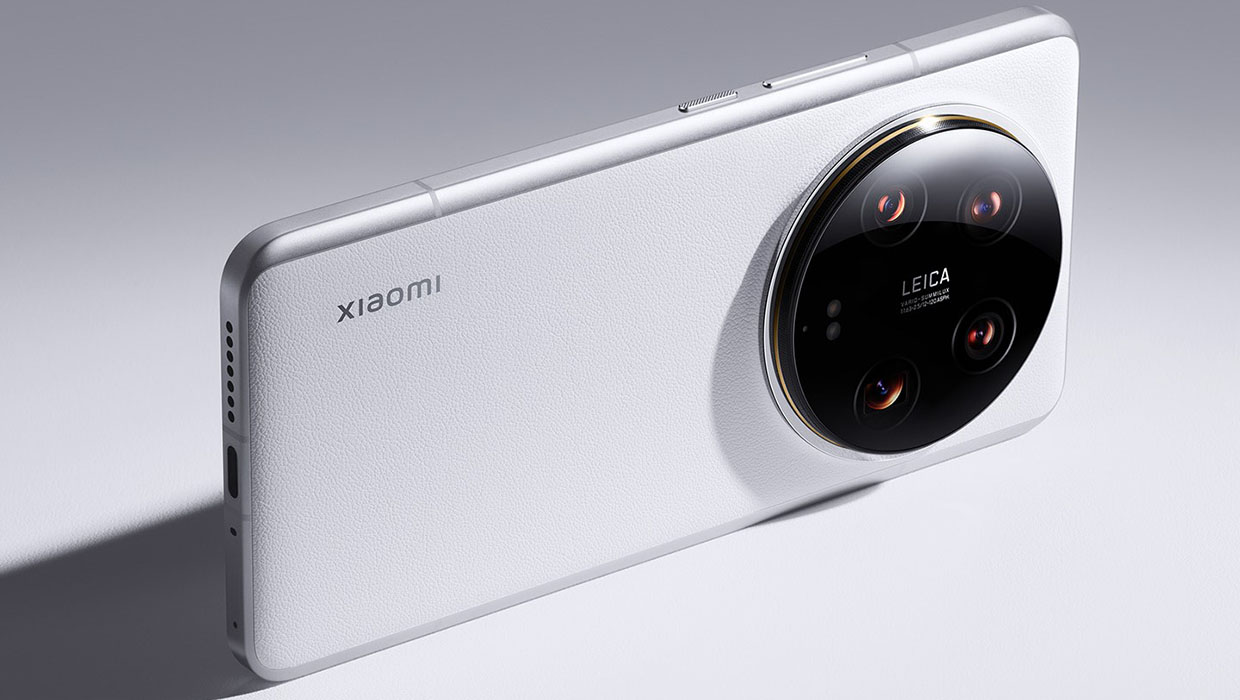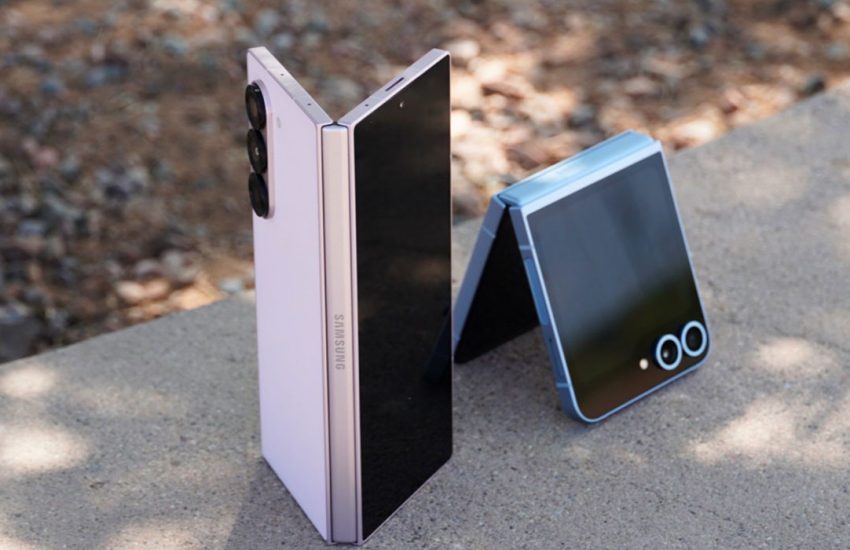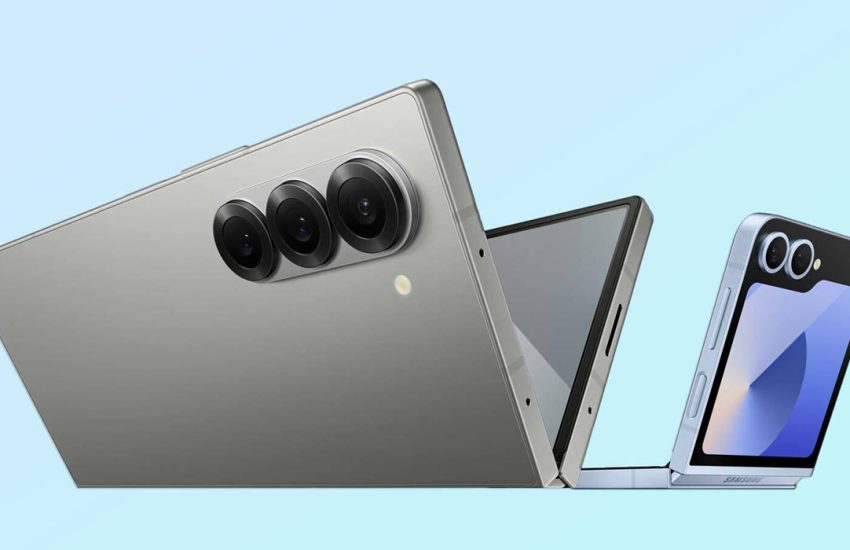The Evolution of Mobile Photography: These 2025 Smartphones Make DSLRs Obsolete
Over the past decade, mobile photography has experienced a dramatic transformation. From the early days of a few megapixels and barely usable cameras, to today’s ability to capture shots rivaling those of professional cameras, smartphones have gradually replaced compact cameras and are now challenging traditional DSLRs.
Gazelle.com – Buy Smart. Sell Easy.
Trade in your old phone, tablet, or laptop at Gazelle.com and get instant cash offers.
Or shop certified pre-owned devices that look and work like new — all fully tested and guaranteed.
Simple. Secure. Sustainable.
In 2025, flagship smartphones are making unprecedented investments in imaging systems. Major brands are launching “imaging flagships,” “super sensors,” and “AI photography systems,” enabling everyday users to capture stunning photos with minimal effort. But what has this “mobile photography revolution” really looked like? And which new phones in 2025 are powerful enough to make carrying a DSLR completely unnecessary?
I. From Accessory to Star Feature: The Technological Evolution of Smartphone Cameras
Looking back at the history of smartphones, we can roughly divide the development of camera functions into the following stages:
1. 2007–2012: The Initial Phase
Representative models: iPhone 3GS, Nokia N95. At this stage, cameras were just an add-on. Image quality was basic, enough only for casual snapshots.
2. 2013–2017: The Megapixel War
Brands like Xiaomi, Huawei, and Samsung launched models with 12MP, 16MP, and even 48MP sensors. Camera quality became a major selling point.
3. 2018–2021: The Multi-Camera Era
Dual, triple, and even quad-camera setups emerged, offering ultra-wide, telephoto, and macro functions. The iPhone 11 series ushered in the age of low-light photography.
4. 2022–2024: Computational Photography + AI Era
Dedicated image processors, AI-assisted algorithms, and advanced image fusion brought mobile photography into a new era. Google Pixel and vivo X series became standouts.
5. 2025: The Imaging Flagship Era
Most flagship phones now come with 1-inch sensors, periscope zoom lenses, dual primary cameras, professional RAW support, and cinematic video modes—closing the gap with mirrorless and APS-C cameras.
II. 2025 Flagship Phones: Imaging Capabilities That Impress Even Professionals
Here are several 2025 smartphones with standout camera systems:
1. Samsung Galaxy S25 Ultra
- Main Camera: 200MP ISOCELL HP3 sensor, 1/1.05-inch sensor, OIS supported
- Other Lenses: 12MP ultra-wide + 50MP 3x telephoto + 50MP 10x periscope
- Key Features: RAW Expert mode, manual exposure, AI image fusion, dynamic range optimization
- User Experience: Delivers image quality comparable to the Canon EOS 90D in both daylight and low-light conditions. Ultra-high resolution offers immense cropping flexibility.
- Recommended For: Users needing all-round capabilities for travel, landscapes, and portraits.

2. Apple iPhone 16 Pro Max
- Main Camera: 48MP 1-inch sensor, Photonic Engine Gen 2
- Other Lenses: Ultra-wide + 5x telephoto
- Imaging Algorithms: Smart HDR 6, Deep Fusion, Apple ProRAW, Apple ProRes video
- User Experience: Still unmatched in true-to-life color reproduction. Portrait mode delivers near-DSLR edge detection and background blur. Video capabilities remain industry-leading.
- Recommended For: Those who value consistent color tones, smooth video capture, and are embedded in Apple’s ecosystem.
3. Xiaomi 15 Ultra
- Main Camera: Dual 1-inch sensors (IMX989 + IMX858), Surge C2 image chip
- Lens Setup: Main + ultra-wide + 2x portrait + 5x periscope
- Special Features: Leica color profiles, street photography mode, virtual ND filters
- User Experience: Delivers a distinct “Leica look” with crisp details and dramatic contrast, ideal for urban or documentary-style photography.
- Recommended For: Photography enthusiasts looking for a pocket-sized everyday camera alternative.
4. vivo X100 Pro+
- Main Camera: Custom LYT-900 sensor + Zeiss certified lenses
- Other Lenses: Ultra-wide + floating portrait lens + periscope telephoto
- Special Features: Zeiss cinematic mode, ring-shaped soft light, optical-grade bokeh
- User Experience: Vivo has refined its optical capabilities in recent years. The X100 Pro+ excels in portraits and high-contrast scenes, and performs admirably in video capture.
- Recommended For: Content creators, vloggers, and users with a focus on artistic photography.
III. Breakthrough Technologies That Make Smartphones Truly “Professional Cameras”
1. Widespread Adoption of 1-Inch Sensors
Once exclusive to premium cameras, these large sensors now appear in several phones, enhancing light capture and depth of field.
2. Multi-Focal-Length Coordination
Ultra-wide, portrait, and telephoto lenses work in harmony, mimicking the effect of using multiple traditional lenses.
3. AI Image Fusion
Multi-frame blending, pixel merging, and dynamic range enhancement allow even casual users to take well-balanced, high-quality photos.
4. RAW Support and Post-Processing Integration
Several smartphones now support 10-bit RAW photography and seamless integration with editing apps like Lightroom, streamlining the workflow from capture to post.
5. Video Advancements
8K video, HDR, Dolby Vision, and multi-track audio recording are becoming standard features, increasingly replacing entry-level video gear.

IV. Smartphone Cameras vs. Mirrorless/DSLRs: How Big Is the Gap Now?
| Feature | 2025 Flagship Smartphone | APS-C Mirrorless (e.g., Sony A6400) |
| Image Quality | Nearly equivalent, slightly less dynamic range | Excellent and consistent |
| Depth of Field | AI-based, steadily improving | Natural optical bokeh |
| Portability | Ultra-light, pocket-sized | Requires bag, multiple lenses |
| Post-Processing | Powerful mobile apps, cloud syncing | Professional-grade, needs PC |
| Cost | $800–$1300 | Often $1500+ with lenses |
| Best Use Cases | Everyday, street, vlogging, travel | Commercial, portrait, high dynamic range |
For around 90% of users, high-end smartphones now fully meet daily photography and videography needs. The new era of “goodbye DSLR” has arrived.
V. Buying Advice and Platform Tips
When shopping for a photography-focused smartphone, consider the following:
- Avoid early or non-flagship models—many camera features are only available on premium versions.
- Check whether the manufacturer consistently updates camera software and firmware.
- Opt for models that support RAW or Pro shooting modes for better post-production control.
- Purchase through official channels like brand websites, JD.com, or Amazon, which often offers discounts and international versions—ideal for students and photography enthusiasts abroad.
VI. The Future of Smartphone Photography Has Arrived
Flagship phones in 2025 aren’t just tools—they are portable “photography studios” in your pocket. They’re no longer a backup to cameras but are fast becoming the new standard. The fusion of optical engineering, AI algorithms, and image processing power means a single device can capture every precious moment of your life.
If you love documenting life, sharing creativity, but don’t want to carry bulky gear, now is the perfect time to retire your DSLR and make your smartphone your main creative device. The future of photography is already in your hands.


